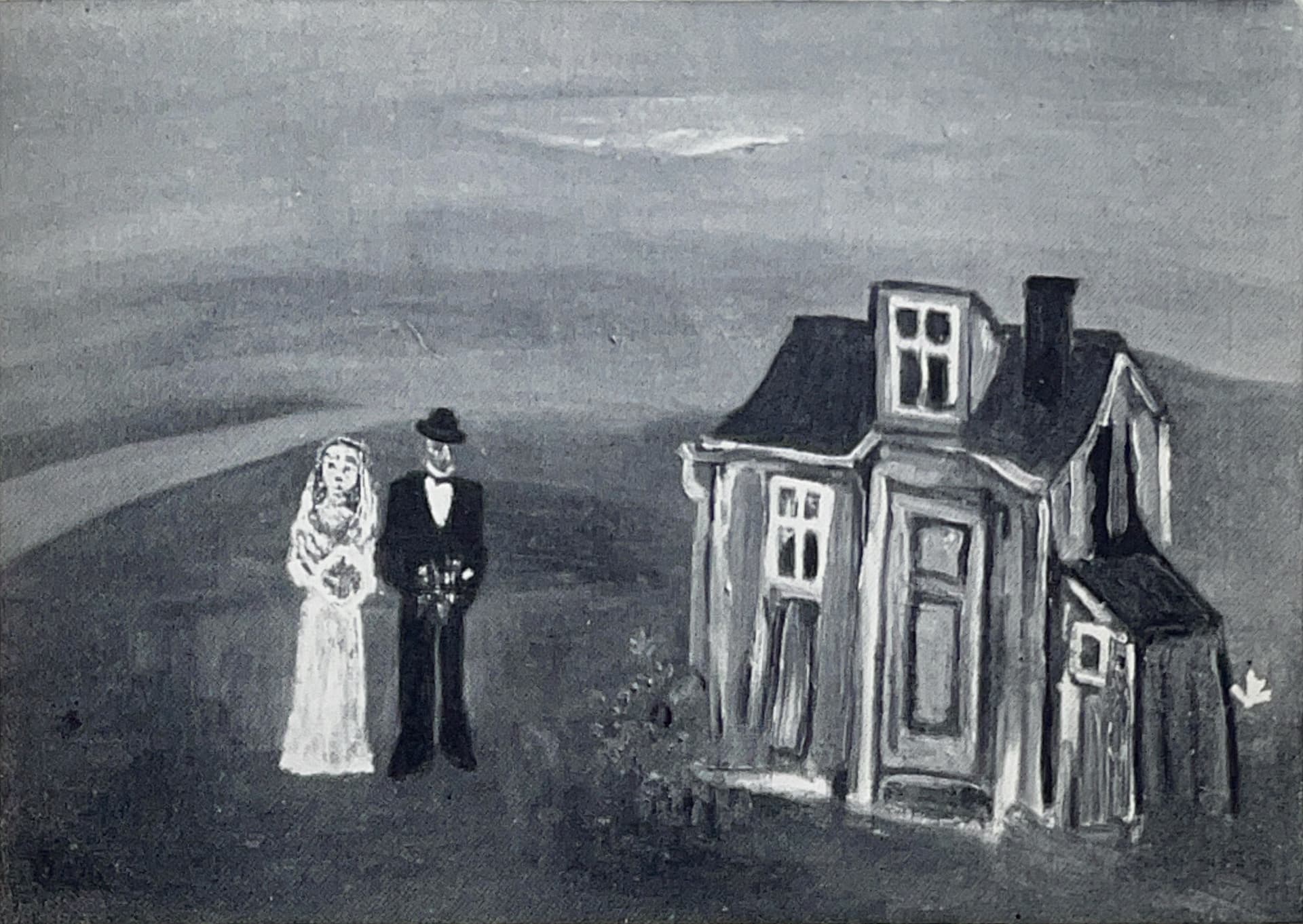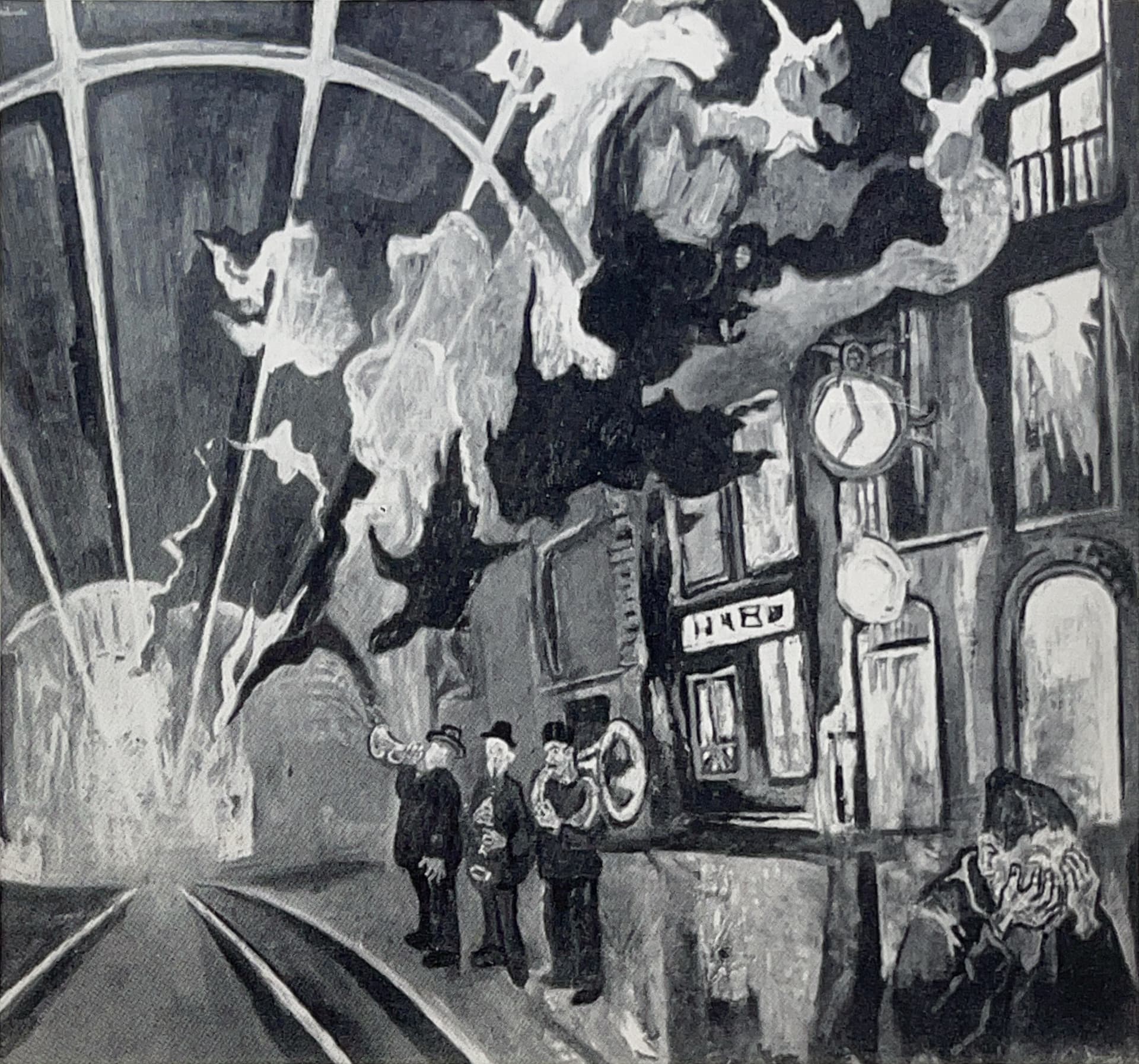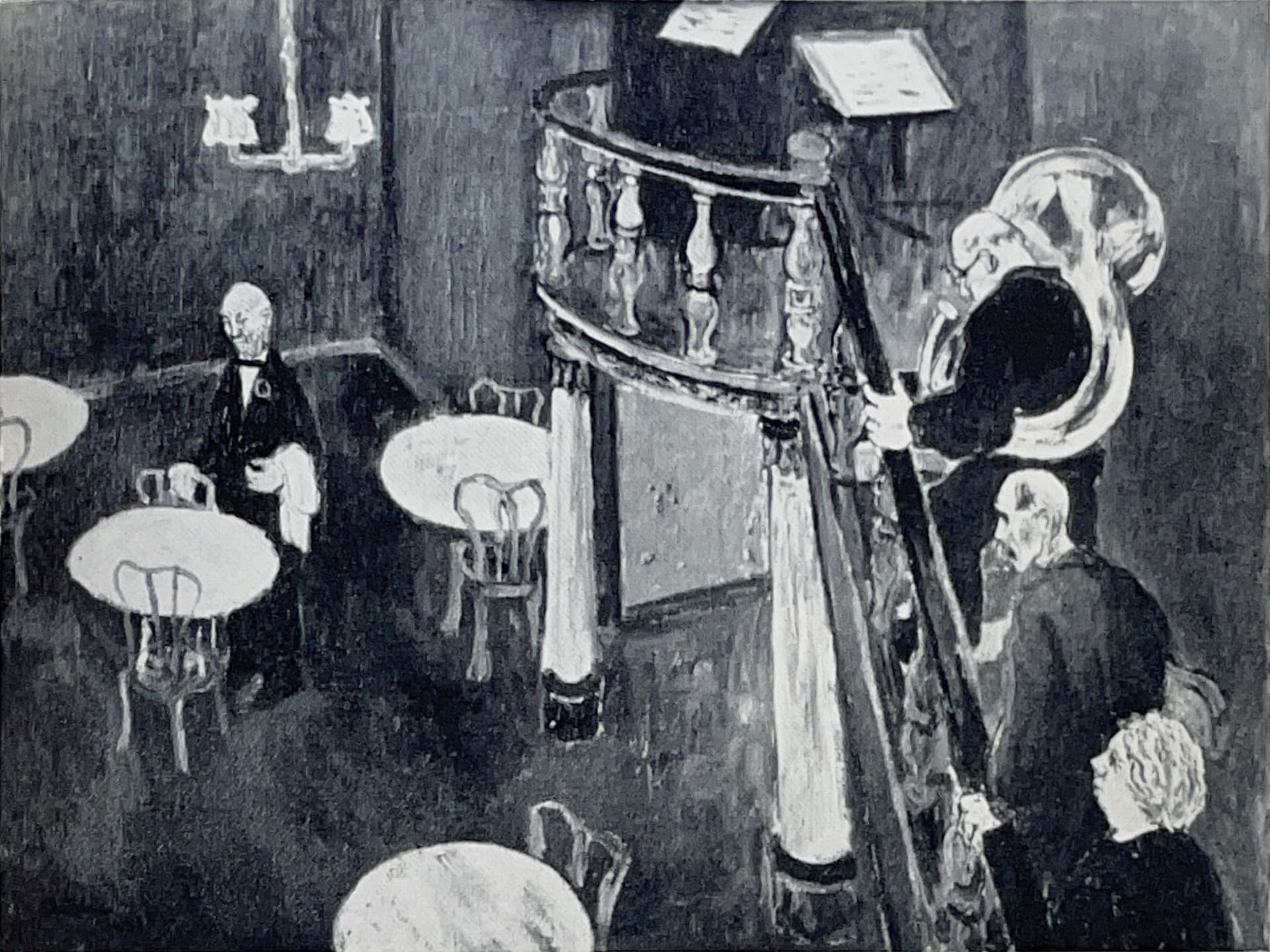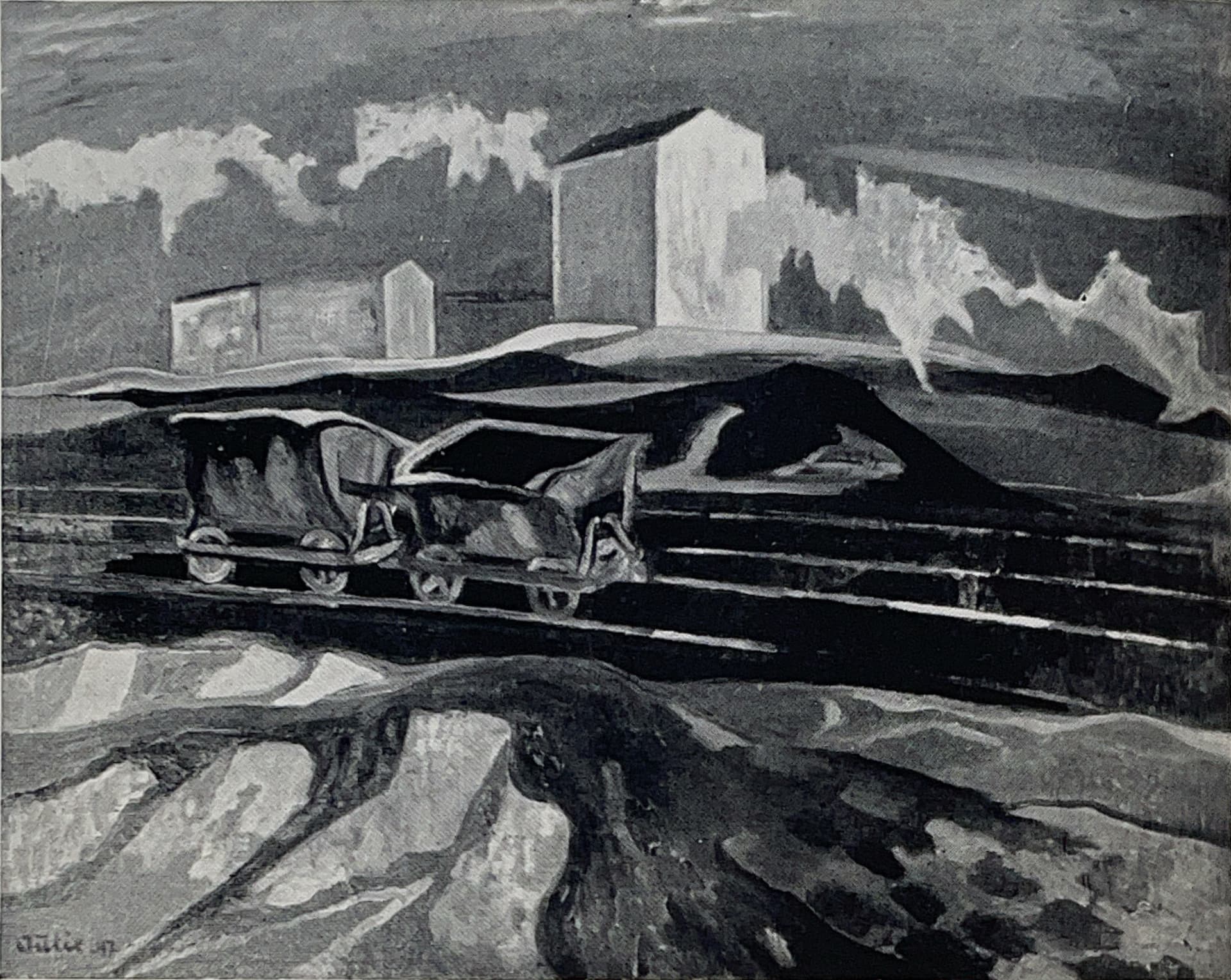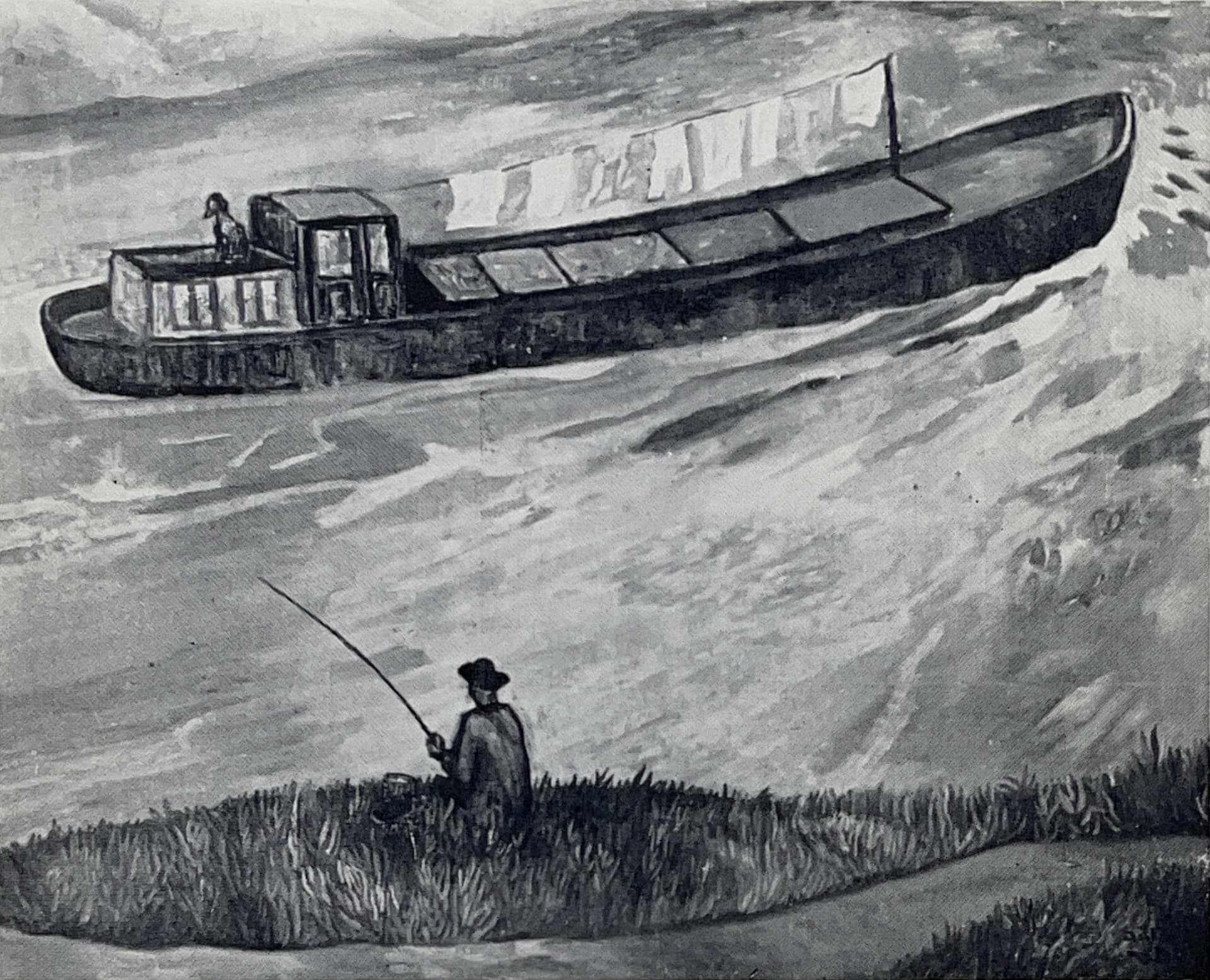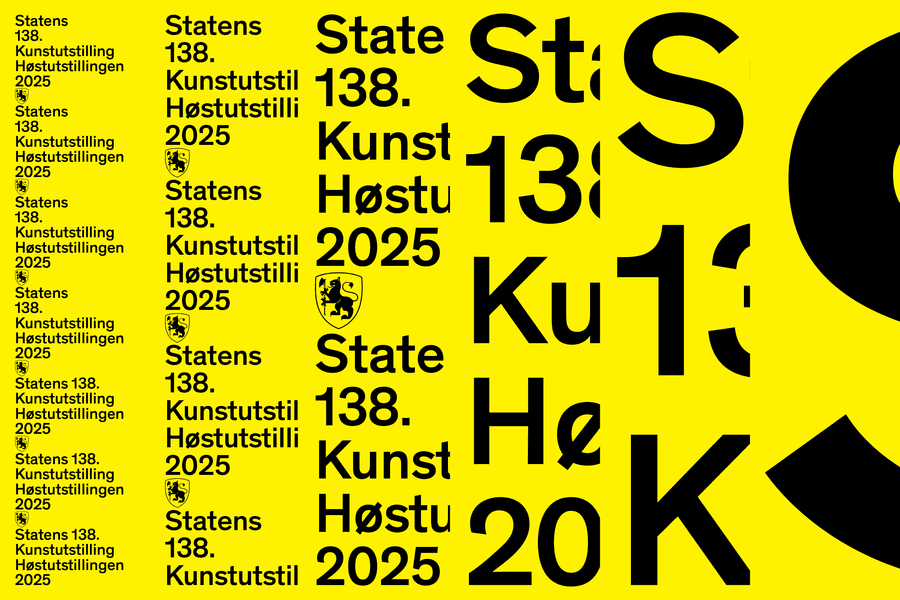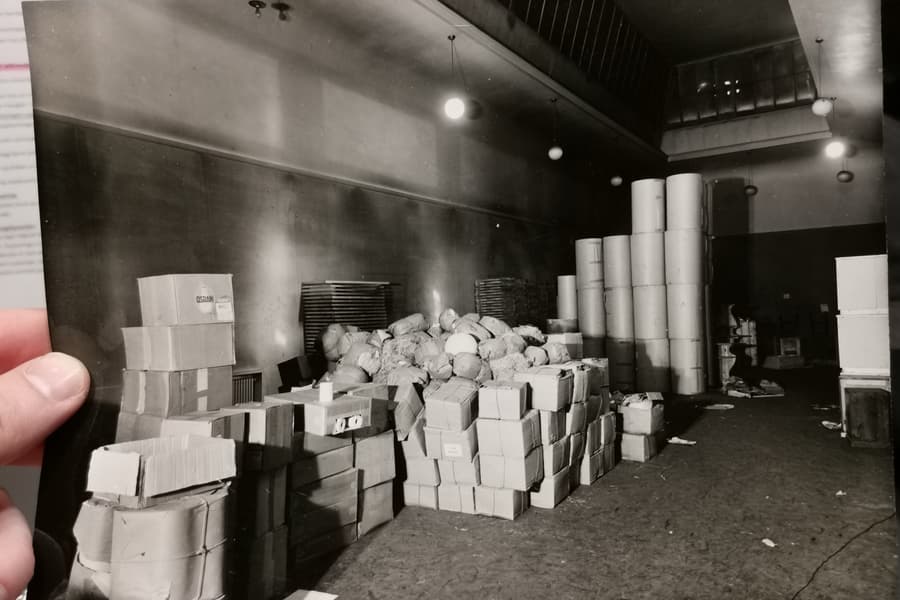Reidar Aulie
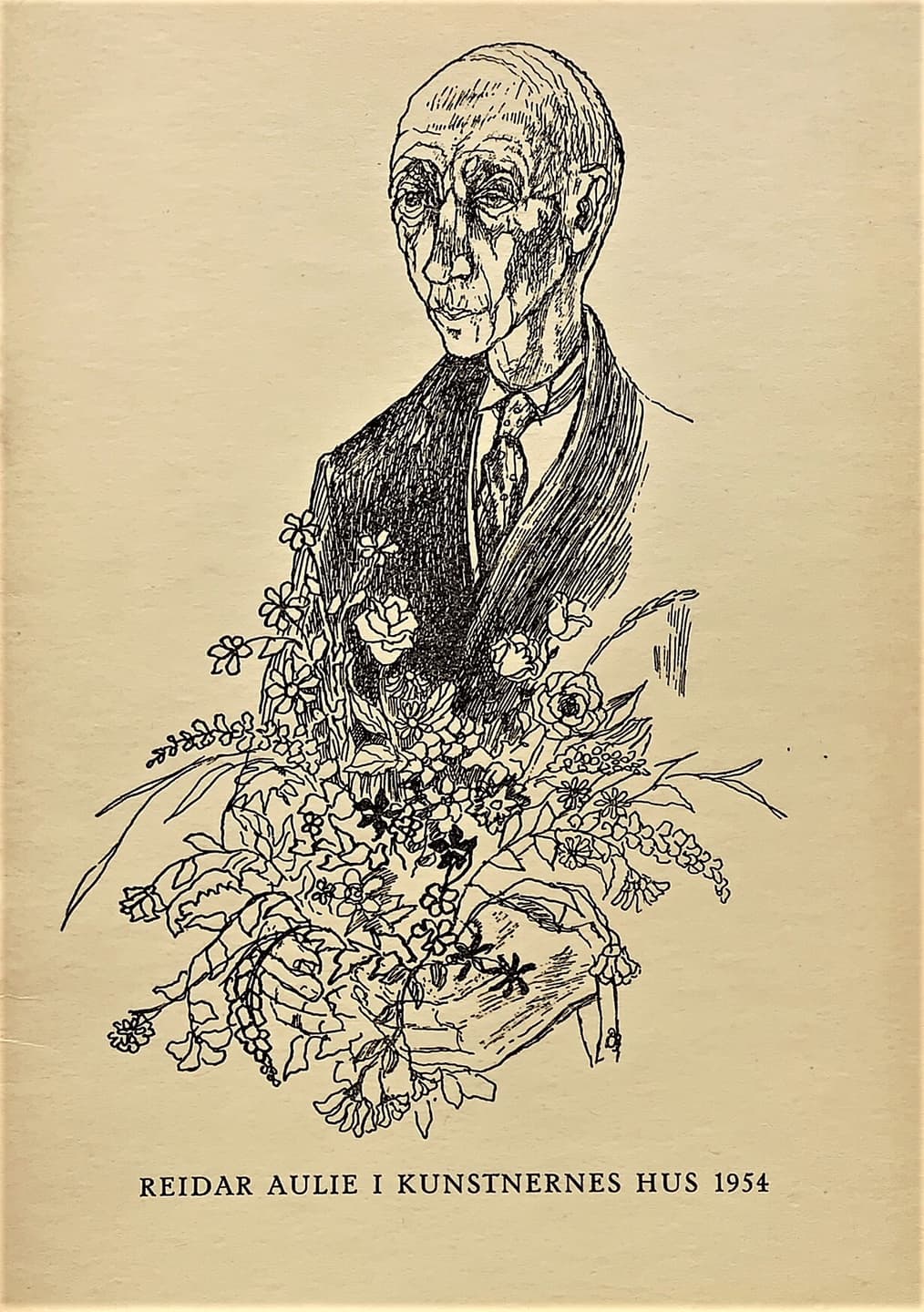
Retrospective exhibition
Reidar Aulie was born in Oslo on 13 March 1904. Pupil of the Statens Håndverks- og Kunstindustriskole and of the Statens Kunstakademi under Chr. Krohg 1924 and Axel Revold 1925-26. Has made trips to Paris, Italy, Spain, Germany, Tunis and Mexico. Has carried out decorative works at Stein School 1938, Tåsen Gamlehjem 1940-41, Storebrand 1941, Chr. Spigerverk 1944-45, Gamlebyen School 1948, Norsk Elektriks & Brown Bovery 1952 and Bolteløkka School, 1953.
Excerpt from the catalog
Reidar Aulie portrays reality. He realistically tells about quite ordinary people and their surroundings, about everyday things and events — about his environment and about his society with its fronts and backs. He is one of the few in recent Norwegian painting who has continued Chr. Krohg's line - also in that he wants his art to be used for social purposes.
Aulie's social attitude was perhaps more clearly expressed before - at least more programmatically. He was even a revolutionary, belonging to the first generation in Norwegian painting who felt solidarity with the working class and who, based on clear Marxist principles, championed its cause. It was in the mid-1920s, a turning point in our art history, in a way just as significant as when the Matisse students came forward 10-15 years earlier - only in a different way. It was not in and of itself a new form of artistic expression that made itself felt, but a new sense of life.
In a way, it must have been a good time to grow up in. Aulie himself has told a lot about all the artistic, literary and philosophical impulses he and his friends received. It had to be a time for optimism, but also for rebellion — as long as the social problems were as urgent as they were.
I wonder if Aulie, with his temperament and his clear social awareness, was the one who led the others in the crisis-ridden early thirties, when suddenly even the most peaceful people stood up and painted tendency art. In any case, he was a central figure among them and his picture "Tendens" set the tone. It is one of the most powerful and unconventional of the time.
During the 1930s, many other pictures from his hand followed which may well be labeled tendency art — they are borne of strong social sympathy, deal directly with oppression and the class struggle.
Superficially, it may seem that Aulie has abandoned this line in recent years. His later pictures are undeniably less rebellious, and are gentler in tone. The lyric has replaced the drama. But the line in Aulie's art is nevertheless consistent and unbroken. He just hasn't stopped, but has continued his journey of discovery within the world of reality. Now he has also found the reality that is not concrete and tangible, but which surrounds things and people or is in them. In the essence of things, in the atmosphere around us, in good and bad memories, hopes and dreams, a world is hidden that only imagination and empathy can uncover and which ultimately gives human and social problems a richer and more significant perspective. Aulie's pictures now balance at the intersection between this concrete and abstract reality, the simple thing and the universe, the little man and eternity. And precisely there, in this violent contrast, a tension arises that affects the mind strongly and immediately - and tendentially.
Images from the catalog
